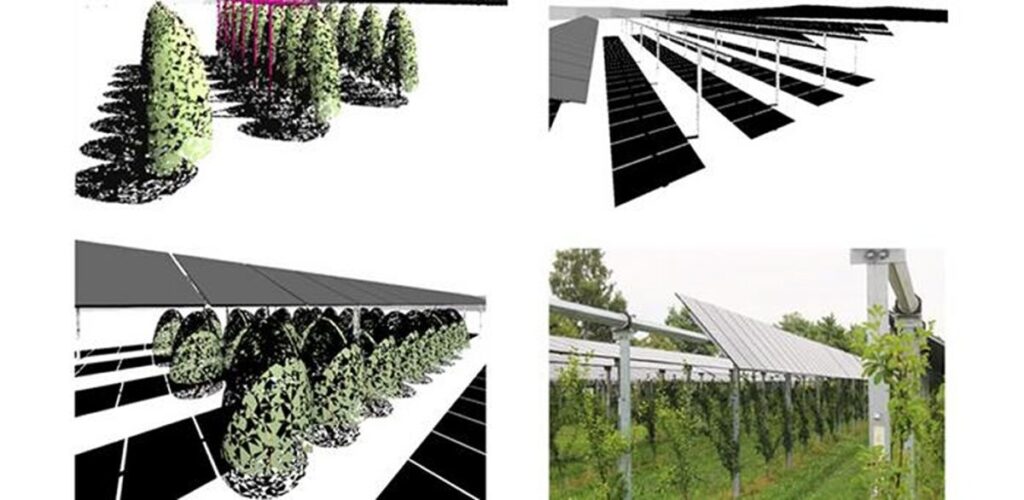Fraunhofer ISE researchers investigate the impact of trackers with one axis on the energy yield and agricultural losses in Agrivoltaics that their use has created an optimal balance between available light for photosynthesis and light that is available for electricity production.
A team of the Fraunhofer Institut Für Solare Energy System ISE (Fraunhofer Isee) has conducted research into follow -up strategies that balance the light distribution between crops and solar panels in agrivoltaic installations.
The research paper, “Improving Agrivoltaic Synergies by optimized tracking strategiesAvailable in the Journal of Photonics for Energy, Recognizes that horizontal single -axis tracker (HSAT) systems can help reduce the loss of agricultural yield in agrivoltaïschens.
The study proposes a method for optimizing the positioning of the solar panel by using specific irradiation goals to meet various light requirements of crops.
With the help of a case study of apple orchards in Nussbach, Southwest Germany, the researchers carried out simulations via APYV, an adapted tool that uses advanced Ray tracing techniques to assess how positions of the solar panel would affect the availability of light for crops. The tool is able to automate design optimization of agrivoltaïsics on the basis of important performance indicators, interface with various crop models and the integrated simulation of special crops.
The Case Study showed that the control of the Solar Panel has led to 91% of the light needed for the apple trees delivered during the year, which led to a reduction of 20% in the production of solar energy.
“Our study shows that the combination of solar energy and agriculture can be improved by smart PV trackers that adjust the position of solar panels based on weather conditions, crops, and their growth phases,” said the corresponding author Maddela Bruno. “This approach ensures an optimal balance between light that is available for photosynthesis and light available for electricity production.”
The study also acknowledges that there were periods in which the light requirements of the apple trees were not fully paid, which states that “the restrictions of crops -based optimization emphasize.”
In the conclusion of the research paper, the researchers write that despite identified limitations, the study “lays a strong foundation for future research that is already underway.” “Effective control of panel positioning can help maintain agricultural yields and at the same time keep the thresholds of the yield loss that are needed to gain access to subsidies, which ultimately improves the viability of agrivoltaic systems,” they added.
The researchers also wrote that a proposed absolute goals and control strategy will be tested during the 2024/2025 season in Nussbach, “that contributes to a deeper insight into the impact of Agrivoltaic systems on Apple Orchards and the surrounding environment.”
This content is protected by copyright and may not be reused. If you want to work with us and reuse part of our content, please contact: editors@pv-magazine.com.

